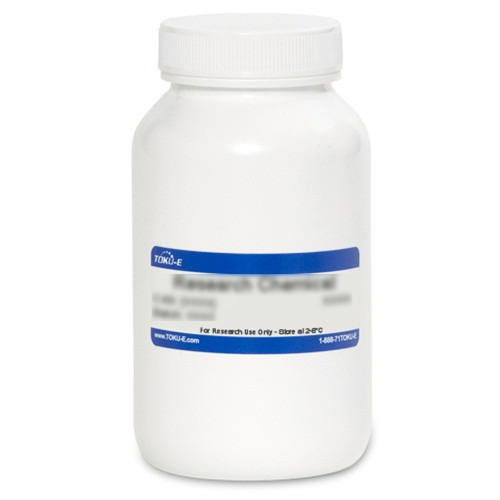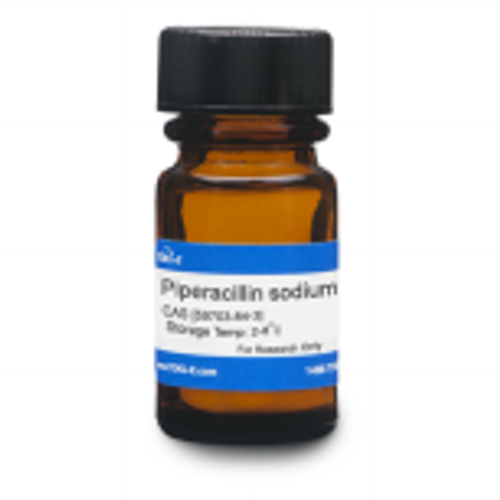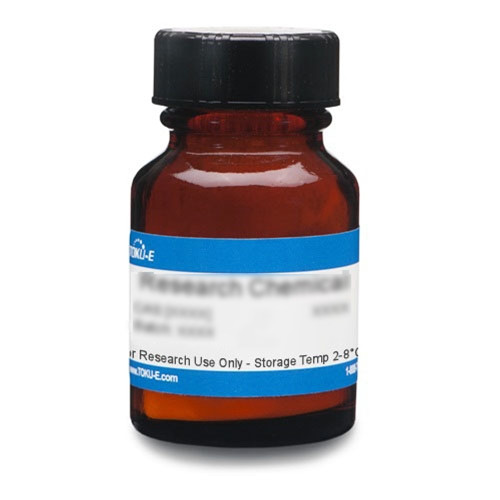Lignosulfonic Acid Sodium Salt (syn: Ligosulfonate Sodium) is a lignin-derived macromolecule. It has antiviral activity against human immunodeficiency virus (HIV) and Herpes simplex virus (HSV) in vitro. The compound is an entry inhibitor, most effective if used upon pre-treatment. The product also has antifungal activity, as demonstrated in vitro with several Candida species. It can also be used in industrial applications.
Lignosulfonic Acid Sodium Salt is soluble in water.
| Mechanism of Action | Lignosulfonic Acid has multiple cellular targets including viral gp120 as well as host receptor CD4 and co-receptors CCR5/CXCR4. It is a pepsin inhibitor. The mode of action of technical lignin's antimicrobial properties are not well understood, as different classes may have different mechanisms. |
| Spectrum | In vitro antifungal activity i.e. Candida and anti-viral activity ie HIV, HSV |
| Plant Biology |
Lignosulfonates are derived from lignin, which is a constituent of plant cell walls and is a complex phenolic polymer. It is made by drying the extract after bamboo pulping process. Lignosulfonates can be used for plant nutrition and crop protection. Chemical processes used during pulping give rise to diverse technical lignins with different properties. The source of the lignin (hardwood vs. softwood) and the extraction conditions affect lignin's structure and chemical properties. Lignosulfonates have demonstrated antimicrobial activity so there is increasing interest in their potential. |
| Microbiology Applications |
Lignosulfonic Acid has broad antiviral activity against HIV and HSV via the prevention of viral entry into cells. Twenty-four structurally different lignosulfonates were evaluated for HIV inhibition and HSV transmission. Authors found the antiviral activity to be dependent on their molecular weight and the mechanism of action is based on their interactions with the viral envelope (Oeyen et al, 2019). Lignosulfonate Sodium was tested for antimicrobial properties using disk diffusion assay with five Candida species. They reported MICs of 50, 62, 62, 60 and 80 ug/ml for C. dubliniensis, C. tropicalis, C. albicans, C. glabrata and C. parasilopsis respectively. The study revealed its potent and antifungal properties (Jha and Kumar, 2018). The interest in these natural antimicrobials is developing but the diversification of these compounds poses a challenge to determine their antimicrobial properties due to the the lack of standardized antimicrobial assays. Nevertheless, recent studies have contributed to a deeper understanding and highlighted the potential of these important compounds (Reyes et al, 2024). |
| References |
Gordts SC et al (2015) The low-cost compound Lignosulfonic Acid (LA) exhibits broad-spectrum anti-HIV and anti-HSV activity and has potential for microbicidal applications. PLoS ONE, 10(7) Jha, A and Kumar A (2018) Deciphering the role of Sodium Lignosulfonate against Candida spp. as persuasive anticandidal agent. Int. J. Biol. Macromol. 107:1212–1219 PMID 28962848 Oeyen M et al (2019) A unique class of lignin derivatives displays broad anti-HIV activity by interacting with the viral envelope. Virus Res. 274:197760 PMID 31618614 Qiu M et al (2012) cPLoS ONE, 7(4) Reyes DC, Ma Z and Romero JJ (2024) The antimicrobial properties of technical lignins and their derivatives- A Review. Polymers 16(15):2181 |







